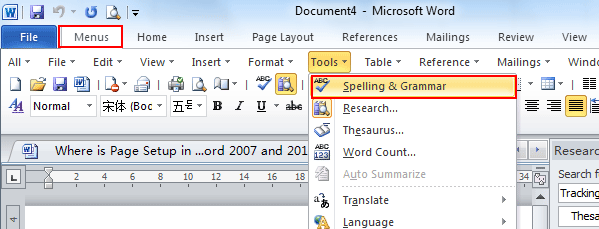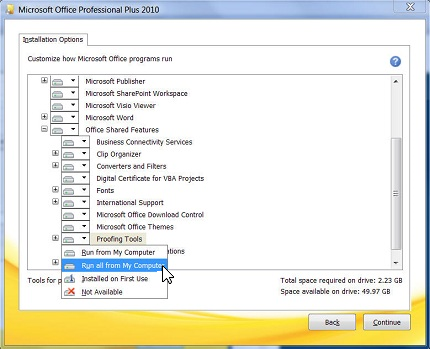
Correct the error just this once: From the Suggestions list, choose a suggestion, or type the correction in the Replacement box. When memoQ stops at an error, choose one of the following: Grammar problems will show only if Microsoft Word is on the computer, and it has the grammar checker for your target language. MemoQ shows spelling errors in red, and grammar problems in green. Go through the spelling errors in the document, and decide what to do about each. It keeps you waiting until it finds the first spelling error. On the Translation ribbon, click Spelling/Grammar. Spell check runs grammar, too: If Microsoft Word is on your computer, and it has the grammar checker for your target language, memoQ will show grammar problems in the same window - unless you turn it off in the Options window ( Spelling and Grammar pane, Grammar tab). Set up spell checking first: To do that, open Options, and choose the Spelling and grammar item in the list. MemoQ prefers Hunspell as the alternative spelling checker. You should do this before delivering the translation. You need the Spell checking window only if you want to go through all spelling and grammar warnings in one go. 
To correct an error, right-click the underlined word or sentence, and choose a suggestion from the menu - or edit the text manually. Normally, memoQ will underline supposed spelling errors with red, and grammar problems with blue. To use Word's spelling and grammar, you need to have Word installed on your computer – together with the language pack for your memoQ project's target language.

MemoQ uses either Microsoft Word's spelling and grammar checker, or Hunspell, an open-source spell checker.

Before you deliver a translation, you are supposed to check its spelling (and grammar).







 0 kommentar(er)
0 kommentar(er)
